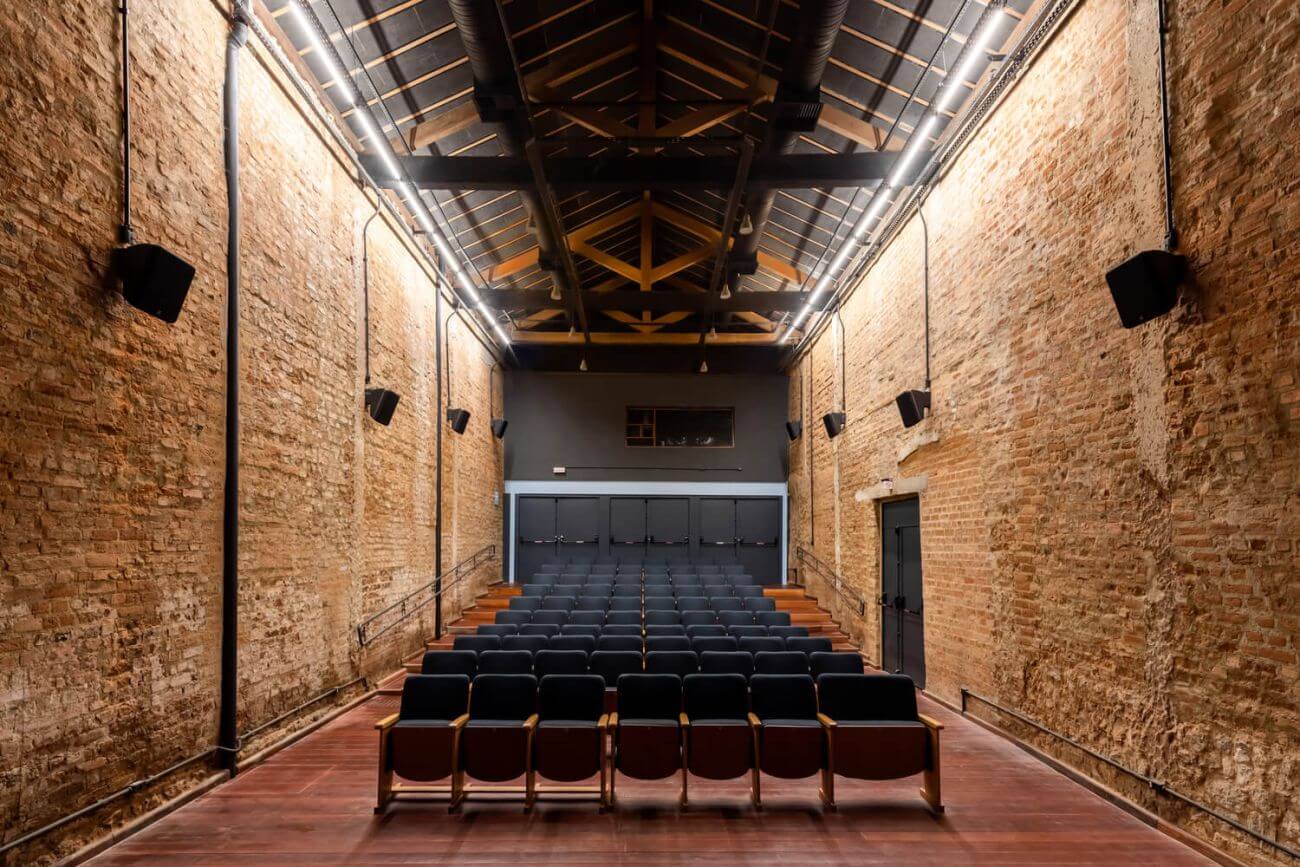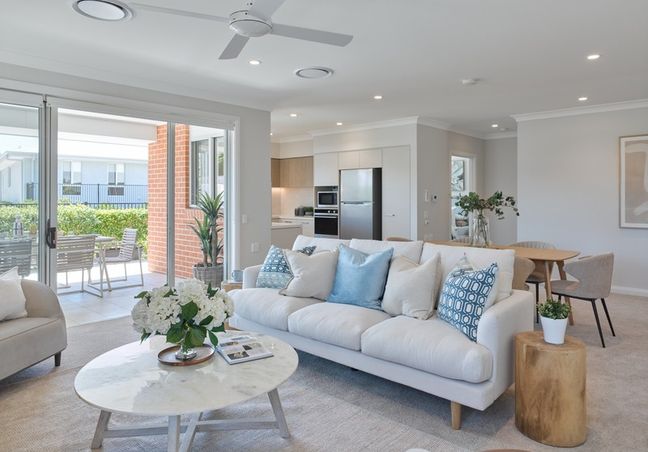PROJECT OBJECTIVES
Europe’s mobility challenges for the upcoming decades, mentioned in the Europe’s Rail Master Plan and the Europe’s Rail Multi Annual Work Plan (MAWP), and urgent need for improvement of the European rail transport backbone, triggered the FP2-R2DATO consortium partners to join forces and capabilities to propose innovative technologies, agile methods, and deployment strategies to meet these challenges through the digitalisation and automation of Europe’s rail system. Digital technologies will support the required transformation of the transport system, making our mobility smarter, more efficient, and greener. With digital technologies in rail, it shall be possible to achieve the particular goals set by the European Commission in 2020 for a sustainable and smart mobility by means of R&I, such as:
- a shift of a substantial part of the 75% of inland freight carried by road towards transport by rail and inland waterways
- scheduled collective travel under 500 km to be carbon-neutral by 2030 within the EU
- traffic on high-speed rail will double by 2030 and triple by 2050
- rail freight traffic will increase by 50% by 2030 and double by 2050
- a fully operational, multimodal Trans-European Transport Network (TEN-T) for sustainable and smart transport with high-speed connectivity by 2050, and improving the competitiveness of rail and supporting the European technological leadership in rail. In that sense, railway digitalisation can improve environmental sustainability and cost efficiency, while increasing safety levels and users’ satisfaction and thus contributing to the modal shift towards rail
This must be achieved through more advanced levels of automation, enhanced connectivity, and digitalised operations. In this context, the aim of FP2-R2DATO is to take the major opportunity offered by digitalisation and automation of rail operation and to develop the Next Generation ATC and deliver scalable automation in train operations, up to GoA4 for 2030, to enhance infrastructure capacity on the existing rail networks. Tangible results of FP2-R2DATO are expected to be delivered by 2025, for key enabling technologies, contributing to the required transformation of the European railway system. Having already investigated intensively its potential, the consortium partners are convinced that this technology-step enables a more robust rail system, more capacity, less lead time against less costs.












